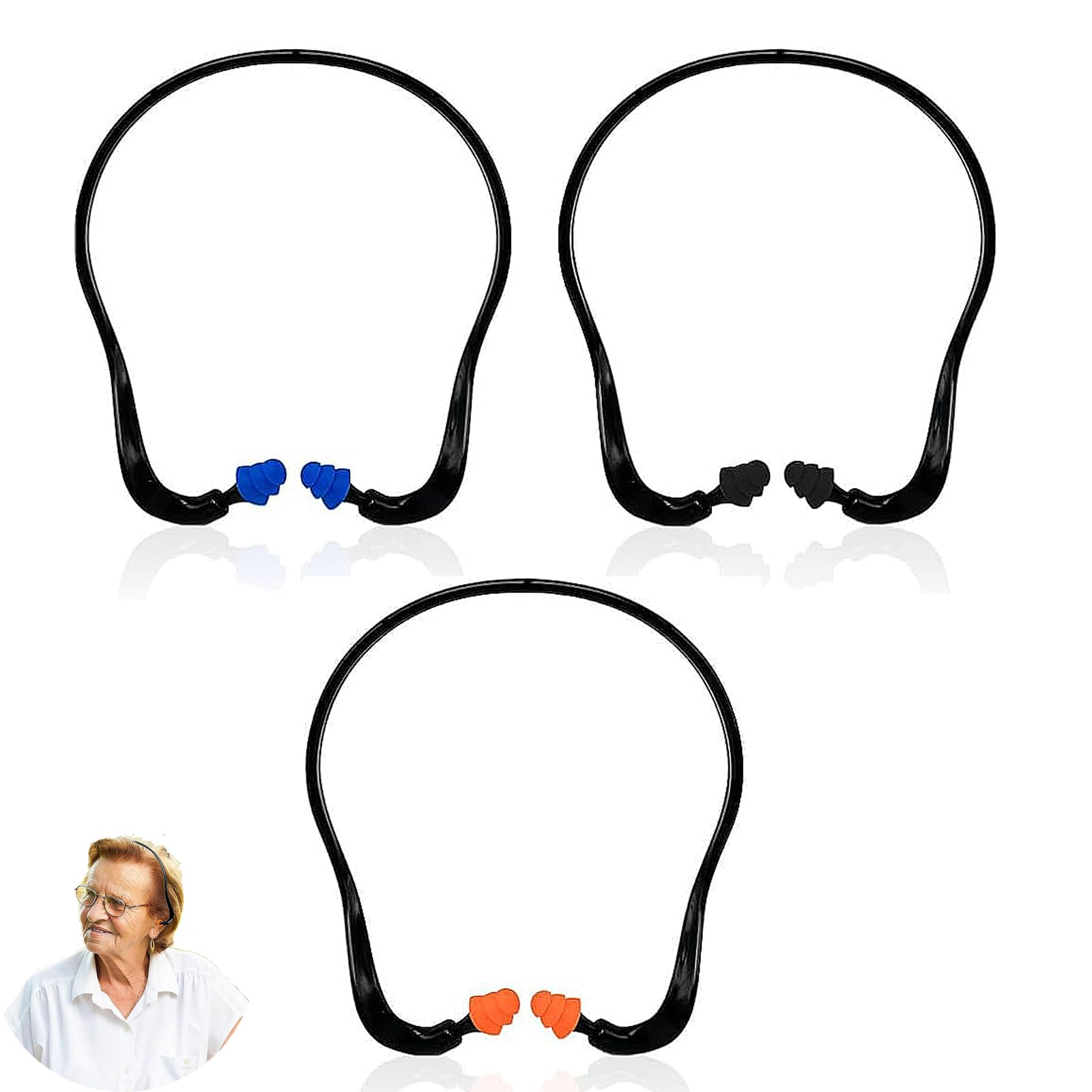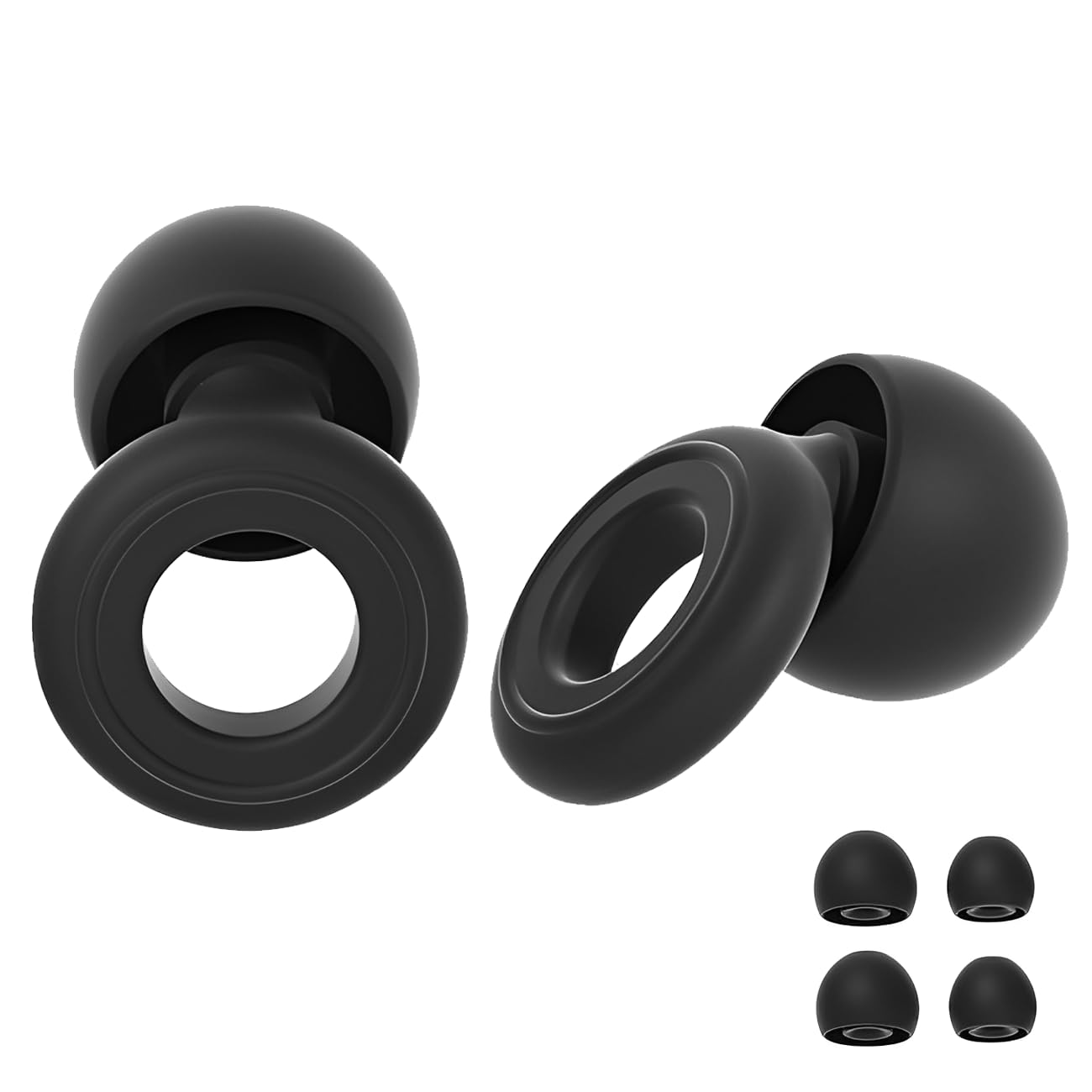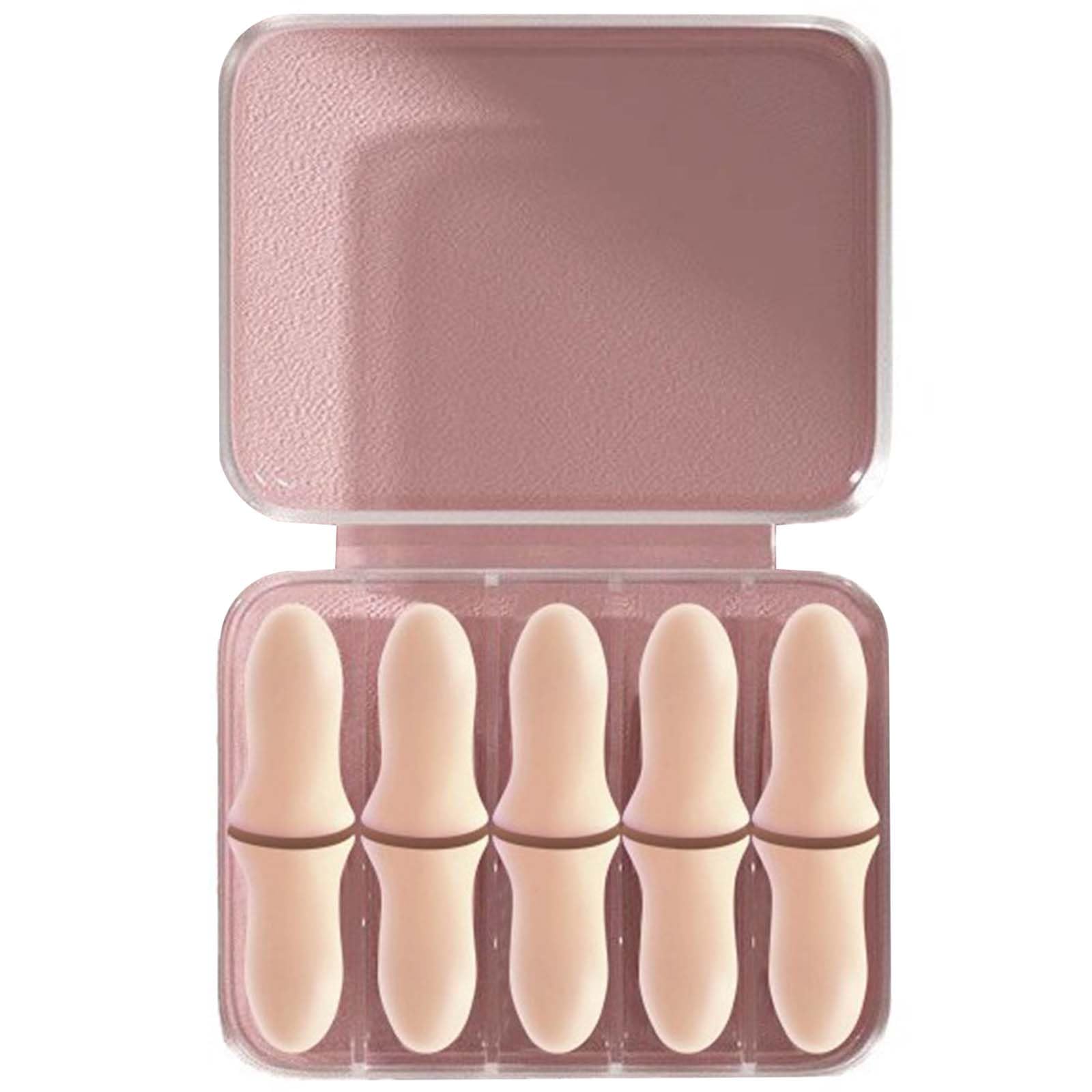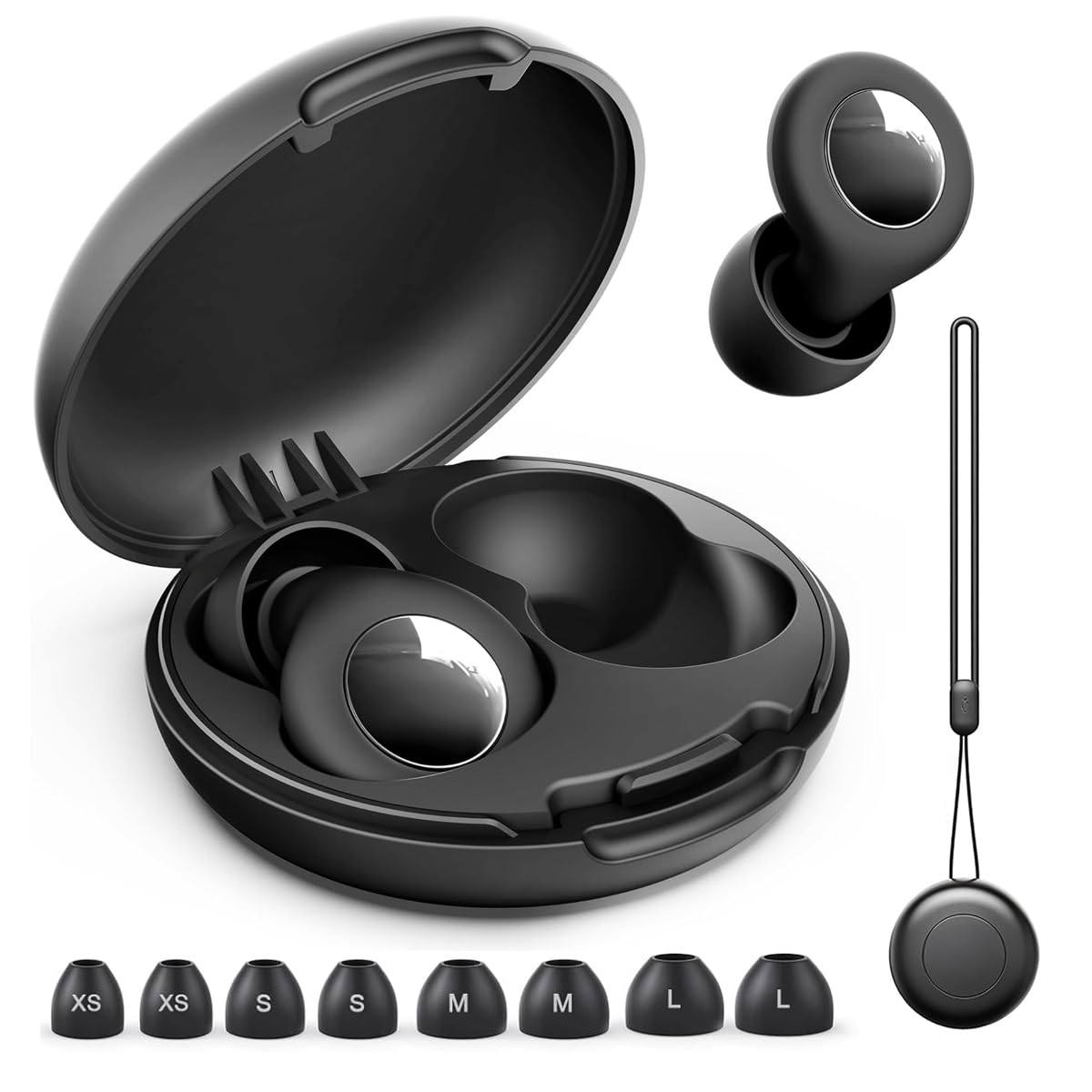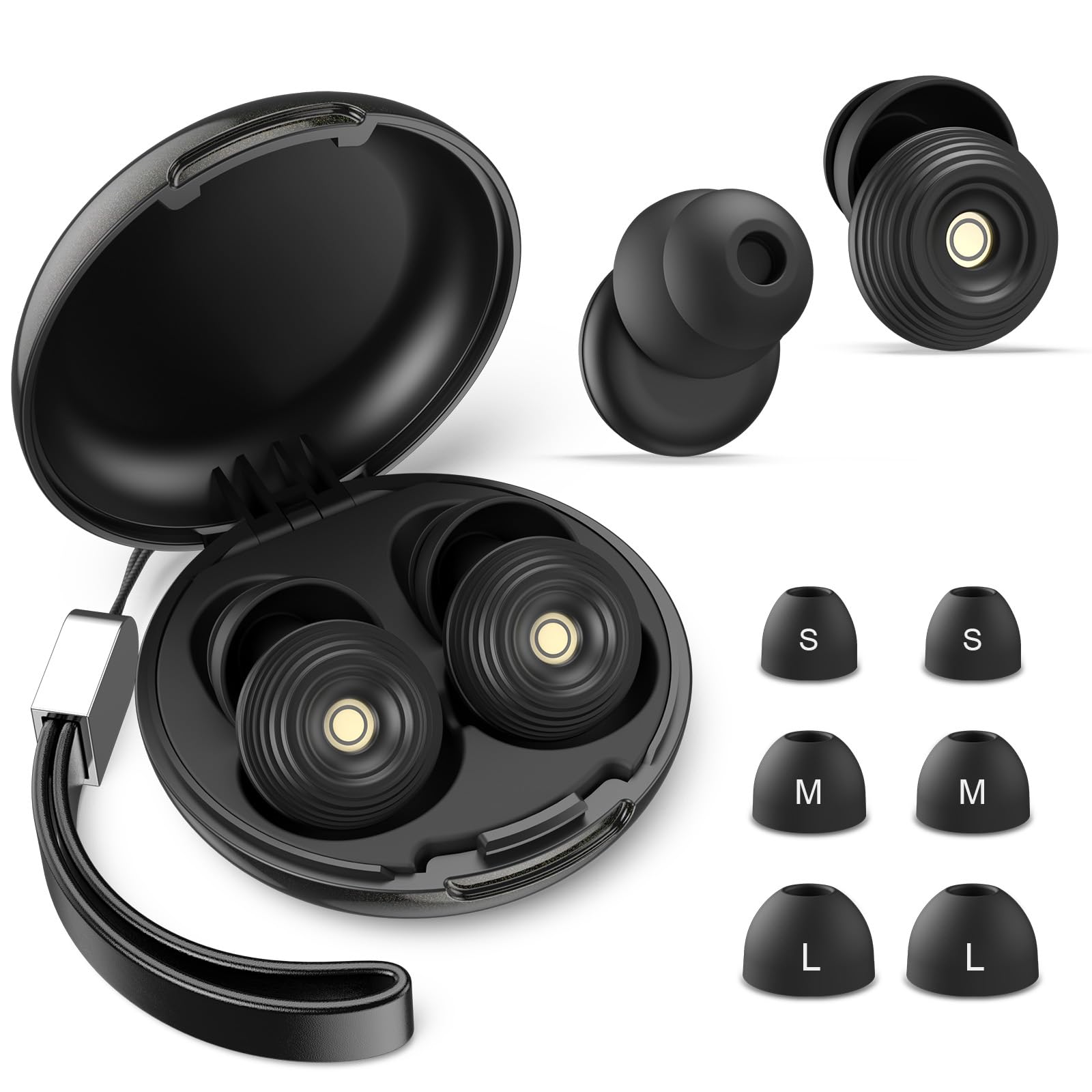Foam earplugs can block snoring and traffic noise effectively, but only if you insert them correctly. Many first time users push the plug in halfway and wonder why it falls out or barely reduces noise. This step by step guide shows the roll, pull, insert and hold method, plus simple checks to confirm a proper seal so you sleep better without sore ears.
Night noise drops with sleep earplugs that seal comfortably.
Roll the Plug
Start with clean, dry hands. Take one foam plug and roll it firmly between your fingers to compress it into a slim, smooth cylinder. Do not crumple; the aim is to make the plug as narrow as possible without creases. A neat roll makes insertion easier and improves the seal.
Pull the Ear Up and Back
Reach over your head with the opposite hand and pull the top of your ear up and back. This straightens the ear canal so the plug can slide in without bending and pressing against the wall of the canal. Keep gentle tension while you insert the plug with your other hand.
Insert and Hold
With the canal straightened, insert the rolled plug gently but deeply enough that only a small amount remains visible when you release it. Hold the plug in place with a fingertip for 30 to 40 seconds while it expands and fills the canal. If you let go too soon, the plug can push out before it seals. You should feel a soft, even pressure rather than a sharp point.
Check the Seal
Speak out loud. Your voice should sound deeper and more internal, a sign of a good seal. Rub your fingers together near your ear and see if the sound is muted. If one ear is significantly louder than the other, reseat the louder side. With practice, you will feel when a seal is correct within seconds.
Comfort Tips for Side Sleepers
Choose low profile foam designed for sleep so less material protrudes. A soft pillow with a smooth case reduces pressure on the ear. If a plug hurts when you lie on your side, try a smaller size. Consider alternating with mouldable silicone on very sensitive nights and return to foam when you need maximum reduction.
Hygiene and Replacement
Foam plugs are inexpensive, but hygiene matters. Replace them regularly; do not attempt to wash and reuse repeatedly as foam degrades and can trap moisture. Keep a small case by the bed and carry a spare pair when travelling. Clean hands before insertion to reduce irritation.
Low-profile options that seal comfortably are grouped in sleep earplugs for UK readers, with softer materials for side sleeping.
FAQs
Why do my earplugs fall out? They may not be inserted deeply enough, or you may be using a size that is too large or too small. Roll thinner, insert deeper and hold longer while expanding.
Do higher SNR plugs block more snoring? Only if they seal well. A lower rated plug that seals properly will outperform a higher rated plug with a poor seal.
Can earplugs cause ear infections? Poor hygiene increases risk. Use clean hands, replace foam often and keep ears dry and clean between uses.
